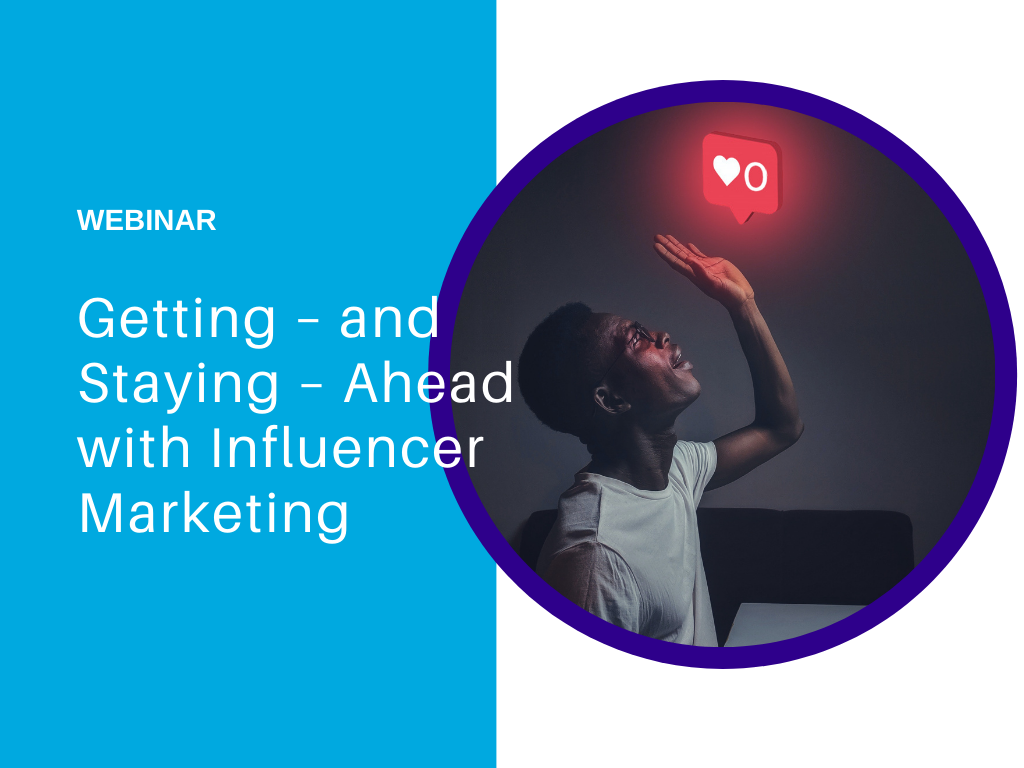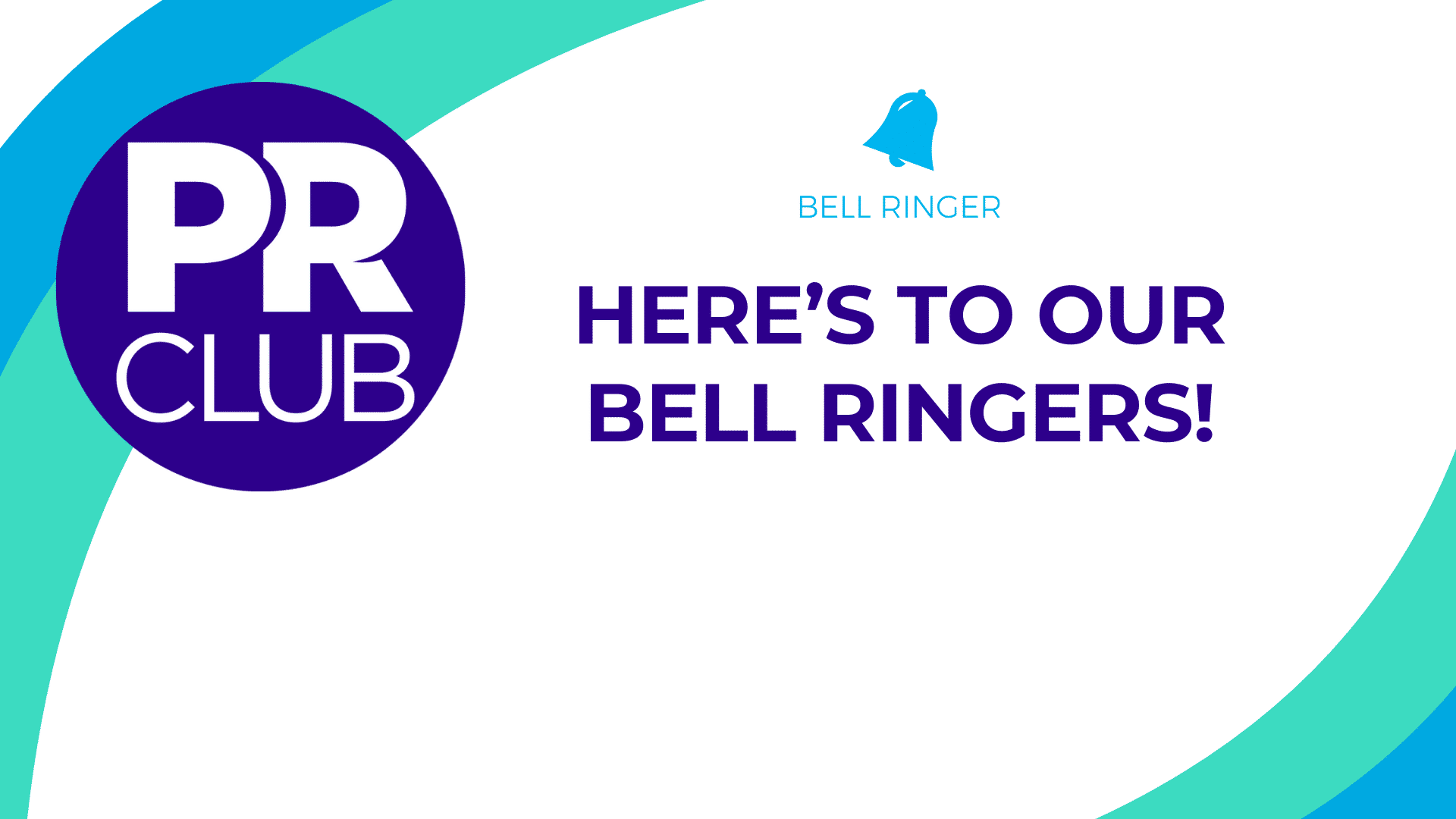Product placement has come a long way since James Bond started sipping vodka martinis and firing up Aston Martins. As PR practitioners today, we are presented with a whole new batch of real-life ‘Bonds’ that inspire creative opportunities and bring measurable value to brands.
In a recent PR Club event, Caitlin Melnick, senior vice president at 360PR+, moderated a panel with Alexa Johnson, content creator and manager of client experience digital at Weber Shandwick, and Hayden Cohen, content creator and director of talent & brand partnerships at Wave Collective, to discuss all things influencers.
Influencer marketing can seem daunting, so our moderator and panelists broke down how to conceptualize and execute impactful campaigns.
Getting Started
Not sure where to begin? Micro influencers – those with an audience that’s larger than the typical personal following but smaller than a major influencer or celebrity – are a great way to dip your toe into the influencer pool. Because they tend to do fewer paid opportunities, their content tends to be more authentic. They take the time to actually use and test the product and know what will resonate with their attentive audience. They also tend to turn over content quickly and have higher engagement rates.
If you’re considering a live shopping event on Instagram Live, Amazon Live or TikTok, make sure you’re clear on your brand’s goals. Flash sales are a good way to test the waters, but it typically takes an average of 5+ views of a product to convert a sale. These live events typically only provide link metrics around link clicks and viewers, so measuring impact and ROI could be tricky.
The most important thing to remember is authenticity. Don’t force something – or someone – to be a fit. Consumers follow influencers because they can relate or want to aspire to something in their life. If anything feels off-brand or out of place, your campaign will be less effective.
Choosing your Platform
No matter which platform you’re considering, one fact rings true for all: video content is king. While Instagram has been a fan favorite for years, TikTok has quickly established itself as a dominant force.
Instagram is scrambling to keep up with TikTok, making frequent changes to Reels and playing with metrics to feature influencers. It has also gone back to chronological feeds versus those you engage with most, which is considered to be a big plus for brands seeking to elevate visibility.
While content is more apt to go viral quickly on TikTok, it’s not always the safest bet from an ROI perspective. Instagram provides more comprehensive reporting and measurement, as well as a more personalized experience. Because of this, many TikTok influencers tend to direct viewers over to their instagram.
The verdict from our panel of experts: TikTok is great to experiment with right now, but Instagram should continue to be the backbone of your campaign.
Working with Influencers
Like most things in PR, relationships are key. Influencers like to become friendly with brand reps and are more inclined to work together – and provide deeper discounts – to those they’ve built a rapport with.
They also want to be invested in the brands they are working with. When followers think of the influencer when they think of the brand (a-la Charli D’Amelio and Dunkin’ Donuts), that’s deemed a successful engagement. Consumers like to see influencers build longer lasting relationships with brands vs. one off posts – that’s how they’ll engage with and buy into a brand.
Looking for exclusivity and usage rights? Get ready to pay a premium. As these arrangements become more popular, they’re also becoming increasingly expensive.
Remember That it’s Not a Sprint, it’s a Marathon
Brands need to understand working with influencers won’t be an immediate win. Successful campaigns take a lot of time, work and investment. Long term partnerships see the best ROI after 6+ months at a minimum. One-offs don’t see much, if any ROI.
Influencers are having a greater and greater impact on the public relations and marketing industries, leaving brands no choice but to get involved. While it can be daunting, it is worth it in the long haul if you compile a campaign with the right components.
This article was written by PR Club board members, Kat Aronofsky and Holly Bertschmann.




